Home>Garden Essentials>Garden Storage>Why Functional Front Yards Are Spiking In Popularity
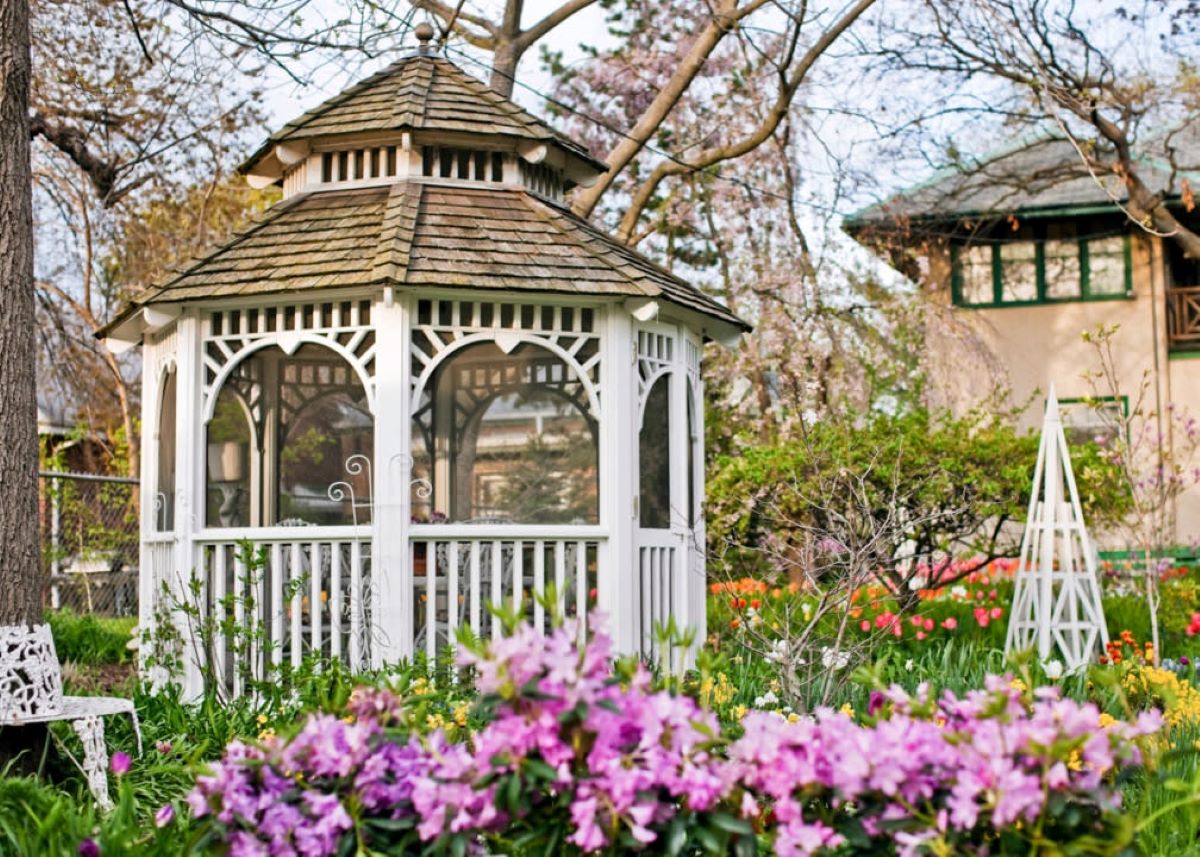

Garden Storage
Why Functional Front Yards Are Spiking In Popularity
Modified: October 18, 2024
Discover why functional front yards with ample storage are becoming increasingly popular. Transform your outdoor space into a stylish and organized oasis with our storage solutions.
(Many of the links in this article redirect to a specific reviewed product. Your purchase of these products through affiliate links helps to generate commission for Storables.com, at no extra cost. Learn more)
Introduction
Front yards have long been viewed as a purely decorative space, meant to enhance the curb appeal of a home. However, there has been a recent shift in landscaping trends, with functional front yards gaining popularity among homeowners. This new approach to front yard design focuses not only on aesthetics but also on creating a practical and usable space.
Gone are the days when front yards were purely ornamental and served no purpose other than being visually pleasing. Today, homeowners are recognizing the untapped potential of their front yards and are transforming them into functional outdoor living areas.
There are several reasons why functional front yards are spiking in popularity. Firstly, they allow homeowners to make the most of the available space. With the increasing urbanization and shrinking lot sizes, utilizing the front yard as a multifunctional space becomes essential. Secondly, functional front yards provide an opportunity to extend living areas beyond the confines of the house, creating additional space for relaxation, entertainment, and recreation.
In the following sections, we will explore the key differences between traditional front yards and functional front yards, as well as the many benefits of embracing this new approach to landscaping. We will also delve into popular features for functional front yards, provide tips on designing and maintaining these spaces, and showcase inspiring examples to help you envision your own functional front yard.
So, whether you have a small front yard or a sprawling landscape, get ready to reimagine your front yard as a practical and inviting space that adds value to your home and enhances your quality of life.
Key Takeaways:
- Embracing functionality in front yard design offers homeowners increased usable space, enhanced curb appeal, and opportunities for outdoor living, fostering a sense of community and personal expression.
- From outdoor seating areas to edible gardens, homeowners can transform their front yards into personalized, practical, and visually stunning spaces that cater to their specific needs and lifestyle.
Importance of Front Yards
Front yards serve as the gateway to our homes, setting the stage for what lies beyond the front door. They play a crucial role in making a first impression and creating a welcoming atmosphere. While the aesthetic aspect of front yards is widely acknowledged, their importance goes far beyond mere visual appeal.
One of the key reasons front yards are so important is their ability to enhance the curb appeal of a home. A well-maintained and thoughtfully designed front yard can significantly increase the value of a property and attract potential buyers. It creates an immediate positive impact, giving the impression of a well-cared-for home.
Furthermore, front yards provide an opportunity for homeowners to express their personal style and create a sense of identity for their property. Whether it’s through a beautifully manicured lawn, vibrant flower beds, or unique landscaping features, front yards allow homeowners to make a statement and showcase their individuality.
In addition to aesthetics, front yards also play a practical role in improving the functionality of a home. They can be transformed into usable outdoor spaces that extend the living area and provide places for relaxation, entertainment, and socializing. With proper planning, a functional front yard can be an oasis in the midst of urban living, allowing homeowners to connect with nature and enjoy outdoor activities.
Furthermore, front yards are often the first outdoor space that visitors encounter. By creating a well-designed and inviting front yard, homeowners can make a positive impression on guests and set the tone for the rest of their property.
Last but not least, front yards contribute to the overall well-being of the community. Well-maintained front yards and attractive landscaping have been shown to foster a sense of pride and increase social interaction among neighbors. They create a visually appealing and harmonious streetscape that benefits everyone who lives in the area.
From improving curb appeal and expressing personal style to enhancing functionality and fostering community interactions, front yards play a vital role in the overall appeal and value of a property. By recognizing the importance of front yards and embracing functional design principles, homeowners can maximize the potential of these spaces and create a harmonious balance between aesthetics and practicality.
Traditional Front Yards vs. Functional Front Yards
Traditionally, front yards were designed with a primary focus on aesthetics. They were often characterized by expansive lawns, neatly trimmed hedges, and decorative flower beds. While visually pleasing, these traditional front yards lacked practicality and failed to make the most of the available space.
In contrast, functional front yards take a more pragmatic approach to landscaping. They prioritize usability and seek to create a space that serves a purpose beyond just being visually appealing. This shift in mindset has led to a reimagining of front yard design, with a focus on incorporating elements that enhance the functionality and livability of the space.
One of the key differences between traditional and functional front yards is the use of space. Traditional front yards often have large expanses of grass that require regular mowing and maintenance. In contrast, functional front yards minimize the amount of lawn space and maximize the use of alternative features such as patios, seating areas, gardens, and play areas.
Another difference lies in the layout and organization of the space. Traditional front yards tend to be more open and unstructured, with a primary focus on creating a visually expansive landscape. Functional front yards, on the other hand, are designed with intention and purpose. They incorporate designated areas for specific activities, such as a seating area for relaxation, a play area for children, or a garden for growing vegetables and herbs.
Additionally, traditional front yards often lack privacy and fail to provide a sense of enclosure. Functional front yards aim to create a more intimate and private outdoor space. This can be achieved through the use of hedges, fences, pergolas, or strategic placement of landscaping elements to create a sense of seclusion.
It’s important to note that incorporating functionality into front yard design doesn’t mean sacrificing aesthetics. In fact, functional front yards can be just as visually appealing, if not more so, than their traditional counterparts. By incorporating well-designed seating areas, attractive landscaping features, and thoughtful hardscaping elements, functional front yards can be both practical and visually pleasing.
The shift towards functional front yards reflects a changing lifestyle and a desire to make the most of outdoor spaces. As homeowners seek to optimize every square foot of their property, the traditional front yard is being reimagined into a versatile and usable space that adds value to the home and enhances the overall living experience.
In the next sections, we will explore the numerous benefits of embracing functional front yards and provide ideas and inspiration for creating your own functional and beautiful outdoor space.
Benefits of Functional Front Yards
Functional front yards offer numerous benefits that go beyond the traditional purely decorative approach. By embracing a more practical and purposeful design, homeowners can transform their front yards into valuable outdoor spaces that enhance their quality of life. Here are some of the key benefits of functional front yards:
- Increased usable space: One of the primary advantages of functional front yards is the expansion of usable space. By incorporating features such as seating areas, patios, or outdoor kitchens, homeowners can create additional areas for relaxation, socializing, and entertaining. This not only increases the functionality of their property but also provides more options for enjoying the outdoors.
- Enhanced curb appeal: Functional front yards can boost the curb appeal of a home, making it more visually appealing and inviting. Thoughtfully designed landscaping features, such as well-placed flower beds, colorful plants, and attractive hardscaping elements, can create a striking and welcoming impression. This can increase the value of the property and make it more attractive to potential buyers.
- Improved outdoor living: Front yards are often overlooked when it comes to outdoor living spaces. However, by transforming them into functional areas, homeowners can enjoy the benefits of outdoor living without sacrificing privacy or convenience. Whether it’s creating a cozy seating nook, setting up a play area for children, or designing a peaceful garden retreat, functional front yards provide opportunities for relaxation, recreation, and connection with nature.
- Connectivity with the community: Functional front yards can foster a sense of community and connection. By designing spaces that are inviting and encourage interaction, homeowners can create opportunities for neighbors to gather, socialize, and build relationships. This sense of community can contribute to a greater overall sense of well-being and belonging.
- Sustainable and eco-friendly: Functional front yards can also be designed with sustainability in mind. By incorporating native plants, using water-saving irrigation systems, and implementing eco-friendly practices such as composting or rainwater harvesting, homeowners can reduce their environmental impact and create a more sustainable outdoor space.
- Personalized expression: Functional front yards allow homeowners to express their personal style and preferences. Whether it’s through unique landscaping features, creative hardscaping designs, or custom-made furniture, homeowners can showcase their individuality and create a front yard that reflects their personality and taste.
Overall, functional front yards offer a multitude of benefits, from increased usable space and enhanced curb appeal to improved outdoor living and connectivity with the community. By embracing functionality and purpose in front yard design, homeowners can create outdoor spaces that not only look beautiful but also serve a practical and meaningful purpose in their everyday lives.
Popular Features for Functional Front Yards
When it comes to designing a functional front yard, there are several popular features that homeowners can consider incorporating. These features not only enhance the usability of the space but also add visual interest and character to the overall landscape. Here are some popular features for functional front yards:
- Outdoor seating areas: Creating a comfortable and inviting seating area is a popular choice for functional front yards. Whether it’s a cozy nook with a bench or a spacious patio with lounge chairs and a dining set, outdoor seating areas provide spaces for relaxation and socializing. They can be a perfect spot for morning coffee, reading a book, or hosting small gatherings with family and friends.
- Play areas for children: Families with children often consider incorporating play areas into their front yards. These can include features such as swing sets, play structures, or even a mini-playground. Well-designed play areas not only provide a space for children to have fun and burn off energy but also add a playful and family-friendly atmosphere to the front yard.
- Edible gardens: Growing your own fresh produce has gained popularity in recent years, and front yards offer an excellent opportunity for home vegetable gardens. Raised beds or dedicated garden plots can be incorporated into the front yard to grow a variety of fruits, vegetables, and herbs. Edible gardens not only provide fresh and nutritious produce but also add beauty and a sense of self-sufficiency to the front yard.
- Drought-tolerant landscaping: With a growing emphasis on sustainable and water-wise practices, many homeowners opt for drought-tolerant landscaping in their front yards. This can include using native plants, succulents, and grasses that require minimal watering. Drought-tolerant landscaping not only conserves water but also creates an eco-friendly and low-maintenance front yard that thrives in different weather conditions.
- Water features: Incorporating a water feature, such as a fountain or a small pond, can add a touch of tranquility and serenity to a functional front yard. The sound of running water can create a peaceful ambiance and provide a sense of relaxation. Water features also have aesthetic appeal and can become a focal point in the landscape design.
- Walkways and paths: Well-designed walkways and paths can serve both functional and aesthetic purposes in a front yard. They provide a clear passage for entering and exiting the house and can also create visual interest and define different areas of the yard. Whether made of stone, gravel, or pavers, walkways can enhance the accessibility and flow of the front yard.
- Outdoor lighting: Outdoor lighting is an essential feature for functional front yards as it improves safety and security while also creating a warm and inviting atmosphere. Strategic placement of lights along walkways, around seating areas, and near architectural elements can highlight key features and extend the use of the front yard into the evening hours.
These are just a few examples of popular features for functional front yards. Ultimately, the choice of features will depend on individual preferences, lifestyle, and the available space. By incorporating these elements, homeowners can create a front yard that is not only visually appealing but also serves a practical purpose for their specific needs and desires.
Consider incorporating edible plants into your front yard landscaping. Not only do they add beauty, but they also provide a sustainable source of fresh produce for your household.
Designing a Functional Front Yard
Designing a functional front yard involves careful planning and consideration of various factors to create a space that is both visually appealing and practical. Whether you have a small front yard or a larger landscape, here are some essential steps to guide you in creating your own functional front yard:
- Assess your needs and priorities: Start by determining how you want to use your front yard. Consider your lifestyle, preferences, and the activities you envision taking place in this space. Do you want a seating area for relaxation, a play area for children, or a garden for growing fresh produce? Identifying your needs and priorities will help guide the design process.
- Consider the layout and size: Take into account the size and shape of your front yard when designing a functional space. If you have a smaller yard, focus on maximizing every inch of space and incorporating compact features. In larger yards, you have more room to work with, allowing for multiple functional areas within the front yard.
- Create zones: Divide your front yard into different zones based on their specific purposes. For example, designate an area for seating and lounging, a play area, a garden area, and a pathway to guide visitors to the entrance. Clearly defining these zones will help streamline the design process and create a cohesive layout.
- Plan for pathways and access: Pathways provide both functionality and aesthetic value in a front yard. Plan for a clear path from the street to the front entrance, as well as paths connecting different functional areas within the yard. Use materials such as stone, gravel, or pavers to create visually appealing and durable pathways.
- Consider privacy and screening: Depending on your preferences and the layout of your front yard, consider incorporating elements for privacy and screening. This can be achieved through the use of hedges, fences, trellises, or strategically placed plants. Privacy and screening features not only create a more intimate and secluded space but also add visual interest to the front yard design.
- Choose appropriate materials and textures: Select materials and textures that are suitable for your functional front yard. Opt for low-maintenance materials that can withstand different weather conditions. Use a combination of softscaping (plants, grass) and hardscaping (stone, wood) to create a balance and add visual interest to the yard.
- Consider lighting and irrigation: Incorporating outdoor lighting and an efficient irrigation system are crucial for a functional front yard. Lighting enhances safety and security while extending the use of the space into the evening hours. An irrigation system ensures proper watering for plants and minimizes maintenance efforts.
- Balance aesthetics and functionality: While functionality is key, don’t overlook the aesthetics of your front yard. Strive for a balance between functionality and visual appeal. Incorporate elements such as attractive landscaping, focal points, and well-designed seating areas to create an inviting and beautiful front yard.
Remember, designing a functional front yard is a personal process that should reflect your needs and preferences. Take the time to plan, gather ideas, and envision how you want to utilize and enjoy your outdoor space. With careful consideration and thoughtful design, you can transform your front yard into a functional and visually stunning area that adds value and enhances your home’s overall appeal.
Plant Selection for Functional Front Yards
Choosing the right plants for your functional front yard is essential to create a visually appealing and sustainable landscape. The plant selection should not only enhance the overall aesthetic but also serve the functional needs of the space. Here are some considerations to keep in mind when selecting plants for a functional front yard:
- Climate and sunlight: Consider the climate of your region and the amount of sunlight your front yard receives throughout the day. Choose plants that are well-suited to your specific climate conditions and can thrive in the available sunlight. This will ensure that your plants flourish and require less maintenance over time.
- Low-maintenance options: Opt for low-maintenance plants that require minimal care and attention. This is especially important for functional front yards, as you want plants that won’t become a burden or require excessive upkeep. Look for drought-tolerant plants, native species, or those that have natural disease and pest resistance.
- Seasonal interest: Incorporate plants that provide visual interest throughout the year. Choose a combination of evergreen plants, which maintain their foliage year-round, and deciduous plants, which offer seasonal changes in color and texture. This ensures that your front yard remains appealing and vibrant, even during winter months.
- Scale and proportion: Consider the size and scale of your front yard when selecting plants. Choose plants that are proportionate to the space and won’t overpower other elements or obstruct pathways. Incorporate a mix of heights, textures, and shapes to create visual interest and a harmonious balance in the landscape.
- Functional benefits: Select plants that offer functional benefits, such as shade, privacy, or attracting beneficial wildlife. Shade-providing trees or shrubs can help cool down your home and outdoor seating areas during hot summer months. Privacy plants can create a barrier between your front yard and the street or neighboring properties. Native plants and those that attract pollinators can support local ecosystems and contribute to biodiversity.
- Color and texture: Choose plants that add color and texture to your front yard. Consider the overall color palette you want to achieve and select plants with flowers, foliage, or bark that complement your desired aesthetic. Incorporate a mix of textures, such as grasses, succulents, and flowering plants, to create depth and visual interest in the landscape.
- Functional considerations: Keep the intended functions of your front yard in mind when selecting plants. For example, if you plan to incorporate a vegetable garden, choose plants that are productive, compact, and easy to grow. If you have children, consider plants that are safe and non-toxic. Additionally, avoid plants with thorns or spines near seating areas or play areas.
Consult with local gardening experts or visit nearby nurseries to learn more about plant options that thrive in your area. They can provide guidance on plant species that are well-suited to your climate, soil type, and specific functional needs.
Remember to consider the long-term growth of the plants and allow sufficient space for them to mature without overcrowding. Regular maintenance, such as watering, pruning, and fertilizing, will help ensure the health and vitality of your plants.
By carefully selecting plants for your functional front yard, you can create a beautiful and sustainable landscape that enhances the overall aesthetic while fulfilling the practical needs of the space.
Maintenance Tips for Functional Front Yards
Maintaining a functional front yard is crucial to ensure it remains beautiful, usable, and enhances the overall appeal of your home. Here are some maintenance tips to keep your functional front yard in top shape:
- Regular watering: Maintain a consistent watering schedule for your plants, ensuring they receive the appropriate amount of water. Consider the specific water needs of each plant, taking into account factors such as soil moisture, sunlight exposure, and weather conditions. Water deeply and infrequently to promote healthy root growth.
- Proper pruning: Regularly prune your plants to maintain their shape, control their size, and improve their overall health. Remove any dead or damaged branches, and trim back overgrown foliage. Pruning also encourages new growth and enhances the aesthetic appearance of your front yard.
- Weeding: Keep on top of weed control by regularly removing weeds from your front yard. Weeds compete with your plants for nutrients and water, so it’s important to stay vigilant and remove them promptly. Consider using mulch or ground covers to suppress weed growth and conserve moisture in the soil.
- Mulching: Apply a layer of organic mulch around your plants to help conserve moisture in the soil, suppress weed growth, regulate soil temperature, and enhance the overall appearance of your front yard. Mulch also improves soil fertility as it breaks down over time.
- Fertilization: Provide your plants with the necessary nutrients by fertilizing them regularly. Use a balanced fertilizer that is appropriate for the types of plants in your front yard. Follow the manufacturer’s instructions and avoid over-fertilizing, as this can damage your plants.
- Seasonal cleanup: Perform seasonal cleanup to remove any debris, fallen leaves, or dead plant material from your front yard. This not only enhances the appearance of your yard but also helps prevent disease or pest issues. Regularly inspect your plants for signs of pests or disease, and take appropriate action if necessary.
- Monitor and adjust irrigation: Keep a close eye on your irrigation system and make any necessary adjustments based on weather conditions and plant needs. Avoid overwatering, as this can lead to root rot and other issues. Periodically check the efficiency of your irrigation system to ensure proper water distribution.
- Regular cleaning and maintenance of hardscape: If you have hardscaping elements such as pathways, seating areas, or outdoor structures in your front yard, regularly clean and maintain them. Remove any debris, sweep pathways, and repair any damaged or worn-out materials to preserve their functionality and aesthetic appeal.
- Stay ahead of pests and diseases: Keep an eye out for signs of pests or diseases on your plants, and take prompt action to control and prevent further damage. Consult with a local gardening expert or use organic methods to safely address pest and disease issues while minimizing harm to beneficial insects and the environment.
Lastly, regularly evaluate the design and functionality of your front yard and make adjustments as needed. As plants grow and your needs evolve, you may need to rearrange or replace certain elements. Regular maintenance and occasional updates will ensure your functional front yard remains a beautiful and enjoyable space for years to come.
Examples of Functional Front Yard Designs
Functional front yard designs can take many forms, depending on the space available and the specific needs and preferences of the homeowner. Here are a few examples of functional front yard designs to inspire your own landscaping project:
- The Entertainer’s Paradise: This functional front yard design focuses on creating an outdoor entertainment space. It features a large patio with comfortable seating areas, an outdoor kitchen or grill station, and a fire pit or fireplace for cozy gatherings. The design incorporates built-in storage for outdoor accessories and ample lighting for evening entertaining.
- The Family-Friendly Oasis: This design caters to families with children and includes a designated play area. It may feature a swing set, play structure, or even a mini skate ramp. The design also incorporates a seating area for parents to relax and supervise their children, as well as a grassy area for active play.
- The Serene Garden Retreat: This functional front yard design aims to create a peaceful and tranquil space for relaxation and meditation. It incorporates a variety of plants, such as flowering shrubs, ornamental grasses, and aromatic herbs. The design may include a seating area surrounded by lush greenery, a small water feature, and a pathway leading to a secluded garden nook.
- The Edible Front Yard: This design focuses on incorporating edible gardens into the front yard landscape. It may feature raised beds or dedicated plots for growing vegetables, fruits, and herbs. The design combines functional and attractive plantings, with colorful vegetables and herbs interspersed with ornamental plants and flowers.
- The Pollinator’s Paradise: This design prioritizes attracting and supporting pollinators, such as butterflies and bees. It incorporates a variety of flowering plants and native species that provide nectar and food sources for pollinators. The design may include butterfly bushes, flowering perennials, and plants with long blooming periods, creating a vibrant and buzzing front yard.
- The Water-Wise Landscape: This design focuses on creating a front yard that conserves water and requires minimal irrigation. It incorporates drought-tolerant plants, such as succulents, cacti, and Mediterranean species, that thrive in dry conditions. The design may include gravel pathways, decorative rock features, and strategically placed water-efficient irrigation systems.
These examples offer just a glimpse of what is possible when designing a functional front yard. The key is to assess your needs, consider the available space, and choose a design that aligns with your preferences and lifestyle.
Remember to carefully plan the layout, consider the appropriate plants, incorporate elements that enhance functionality, and maintain the space regularly. By creating a functional and inviting front yard, you can transform your outdoor space into a valuable and enjoyable extension of your home.
Conclusion
Functional front yards are gaining popularity as homeowners recognize the untapped potential of this outdoor space. By embracing functionality and purpose in front yard design, homeowners can create beautiful and practical landscapes that enhance the overall appeal of their homes.
Front yards are no longer just decorative spaces; they are now transformed into valuable extensions of the living area. With careful planning and design, functional front yards offer numerous benefits. They increase usable space, provide opportunities for relaxation and socializing, and enhance the curb appeal of a home.
With a shift from traditional front yards to functional front yards, homeowners can tailor their outdoor spaces to meet their specific needs and preferences. Incorporating features such as outdoor seating areas, play areas for children, edible gardens, or water features adds functionality and character to the front yard.
When it comes to plant selection, consider factors such as climate, maintenance requirements, and visual appeal. Choose plants that provide seasonal interest, offer functional benefits such as shade or privacy, and thrive in your local climate conditions.
Maintenance is key to keeping functional front yards in top shape. Regular watering, pruning, and weeding, along with proper fertilization and cleaning, will help ensure the health and longevity of your plants and hardscaping elements.
There is no one-size-fits-all approach to designing a functional front yard. The possibilities are endless, and homeowners can create unique and personalized outdoor spaces that reflect their individuality and cater to their specific needs.
By reimagining front yards as functional and purposeful spaces, homeowners can maximize the usability and enjoyment of their outdoor areas. Whether it’s creating an oasis for relaxation, a play area for children, or a productive vegetable garden, embracing a functional front yard design can significantly enhance the overall quality of life and add value to your home.
So, step outside and begin your journey of transforming your front yard into a beautiful, inviting, and functional space. With careful planning, creativity, and attention to maintenance, your front yard will become an extension of your home that brings joy and fulfillment for years to come.
Frequently Asked Questions about Why Functional Front Yards Are Spiking In Popularity
Was this page helpful?
At Storables.com, we guarantee accurate and reliable information. Our content, validated by Expert Board Contributors, is crafted following stringent Editorial Policies. We're committed to providing you with well-researched, expert-backed insights for all your informational needs.

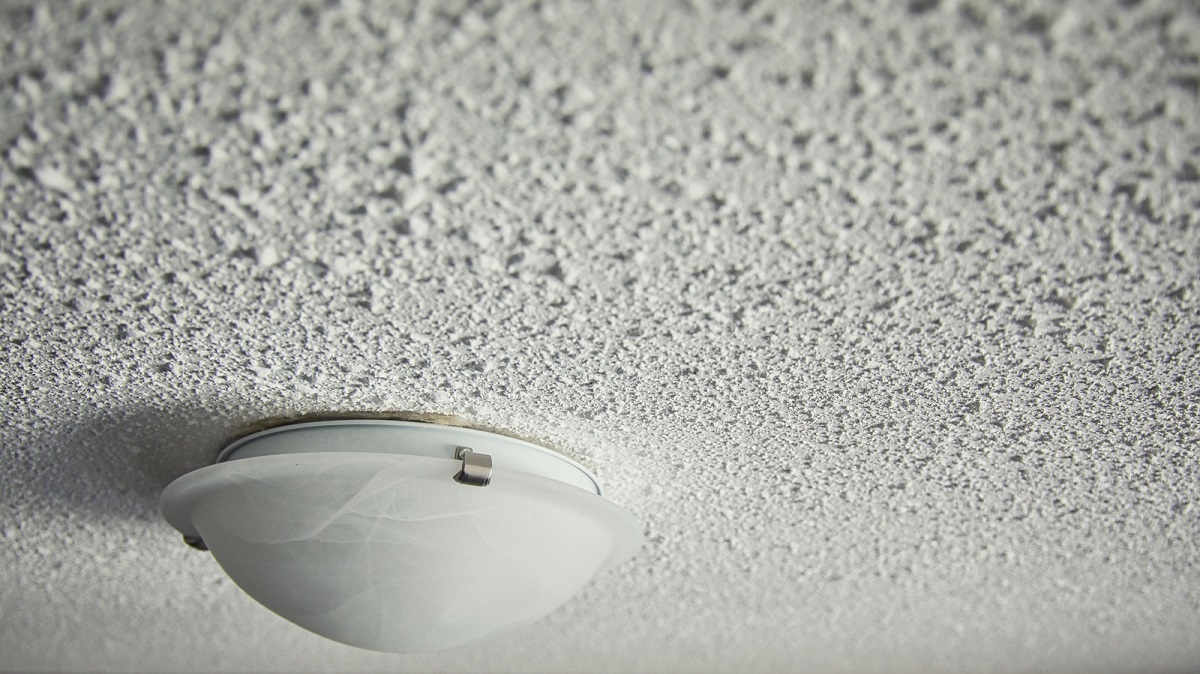
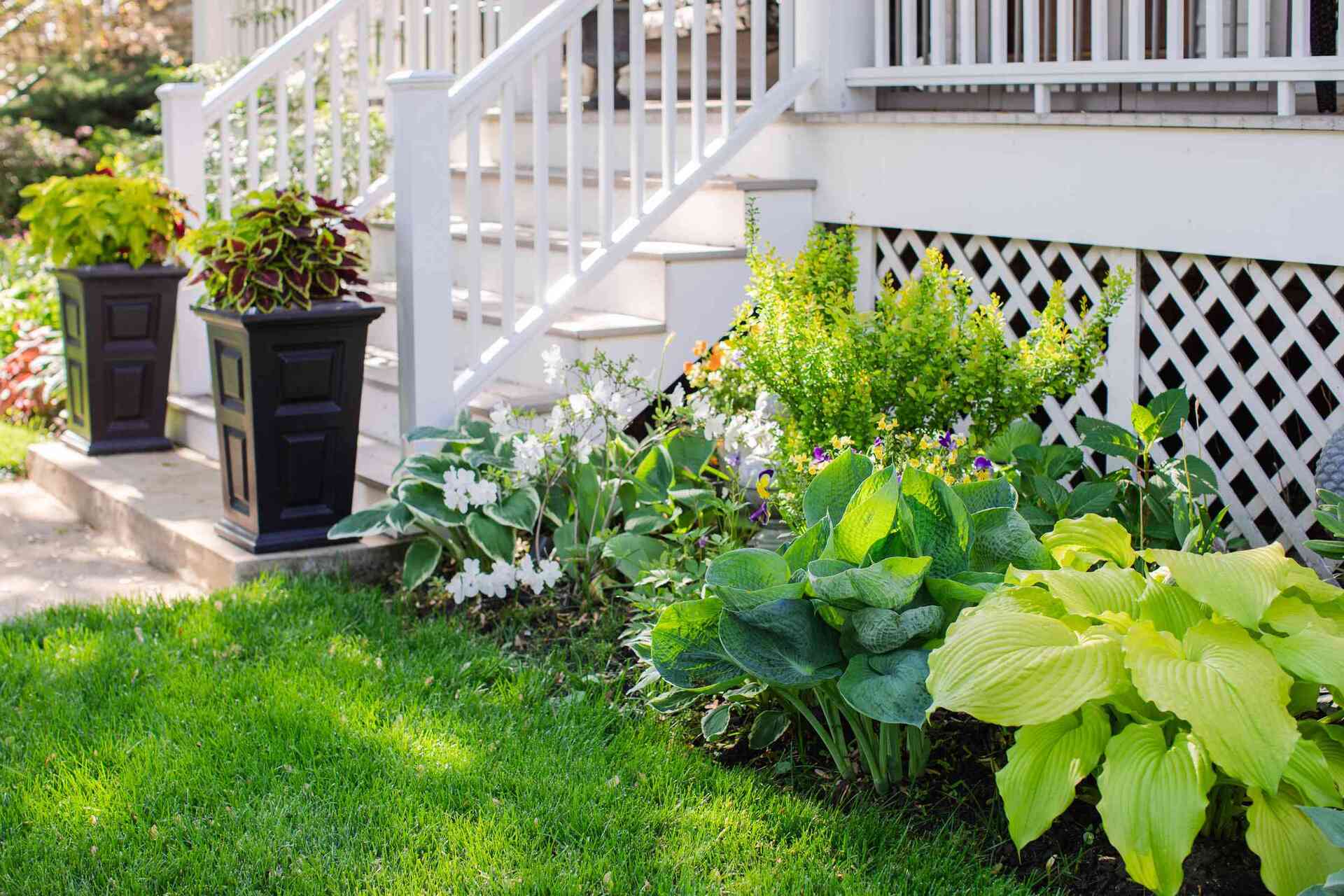
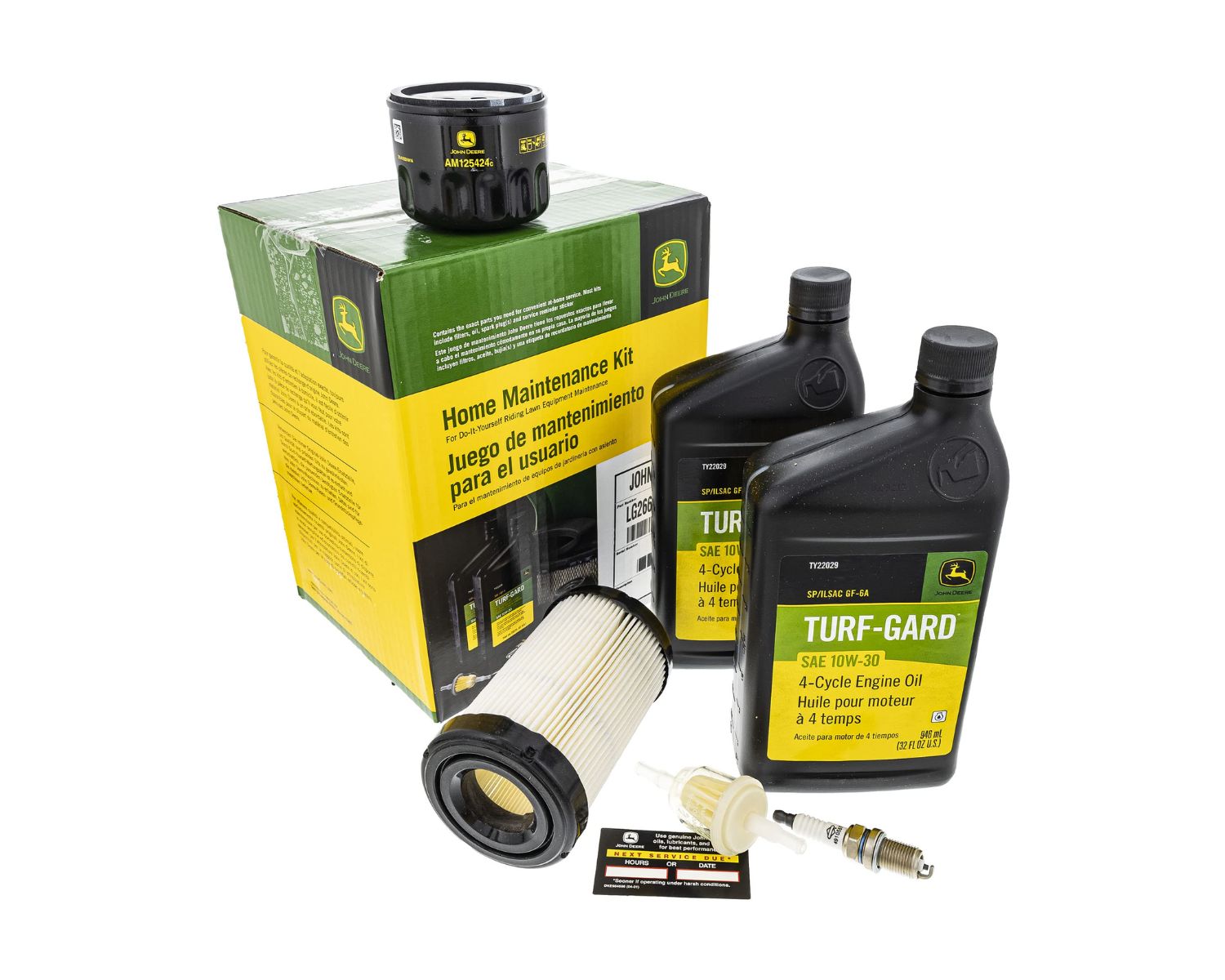
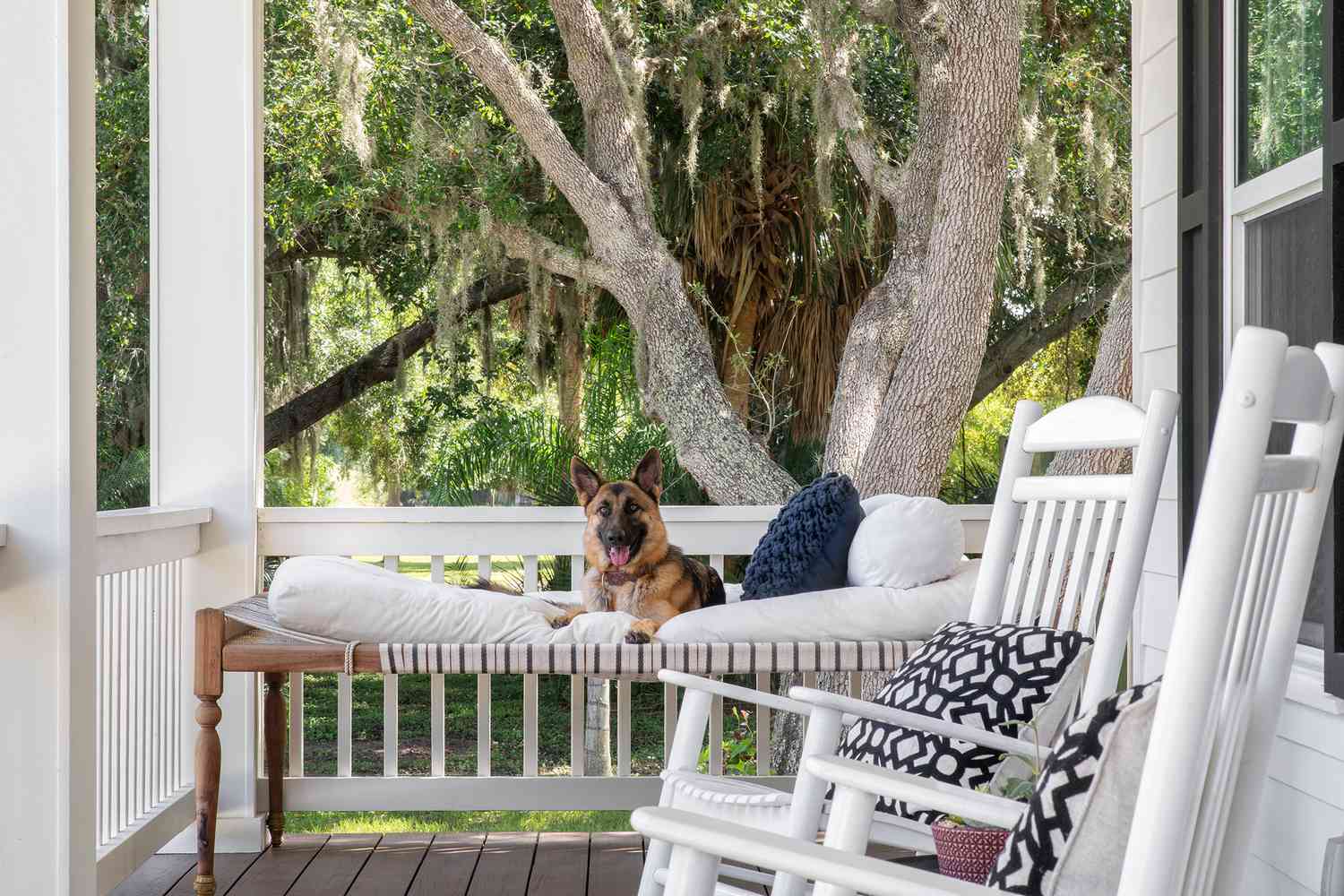
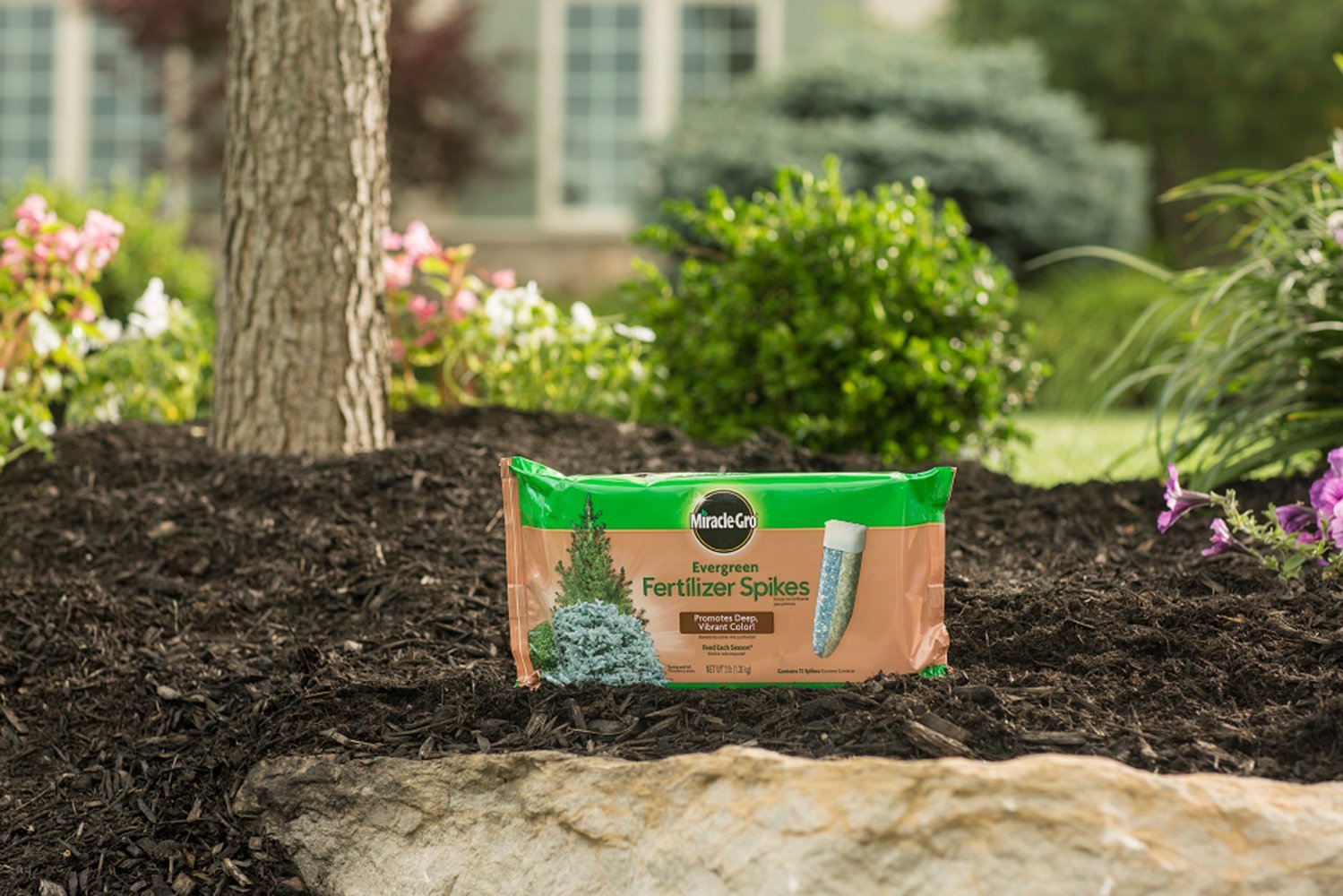
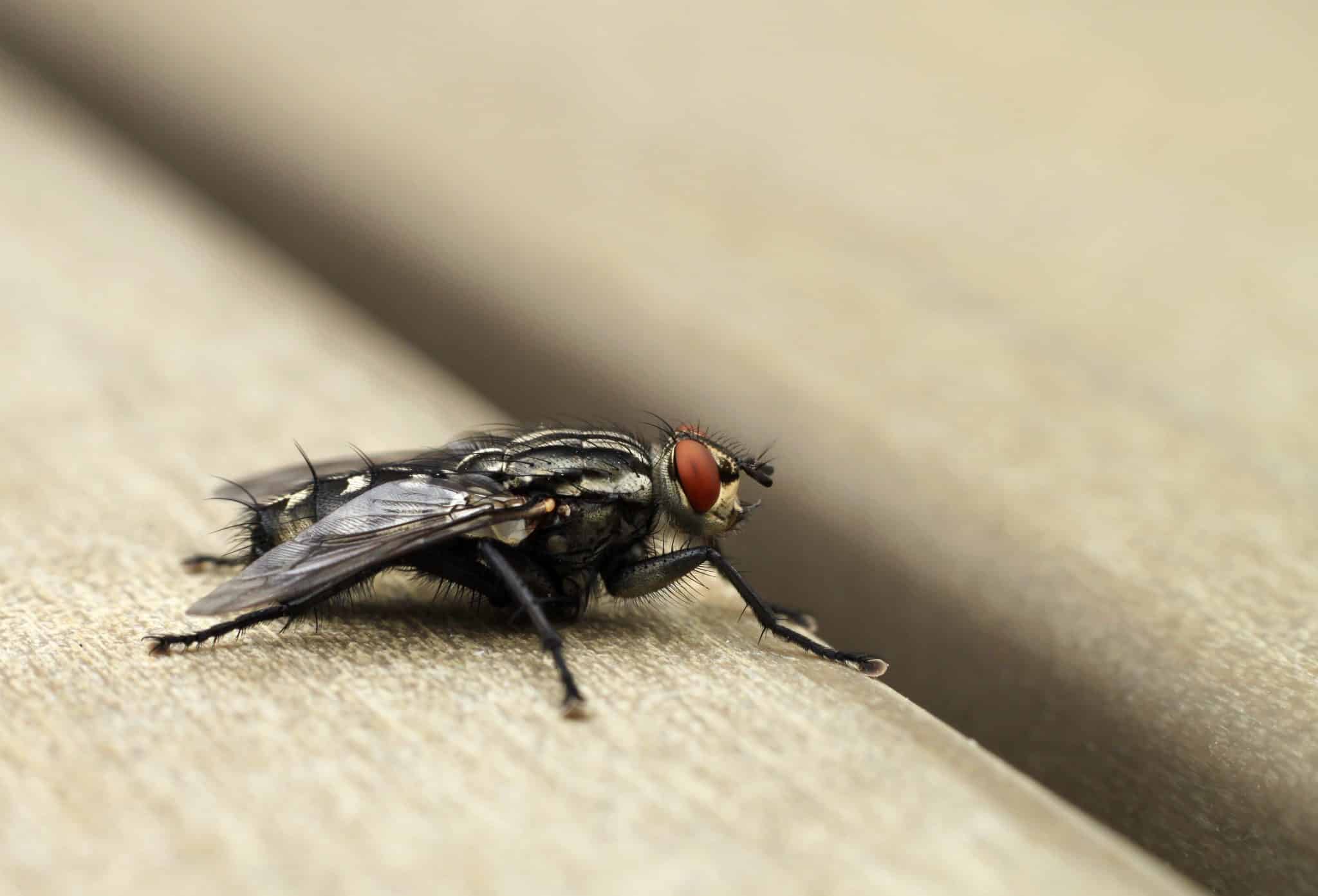
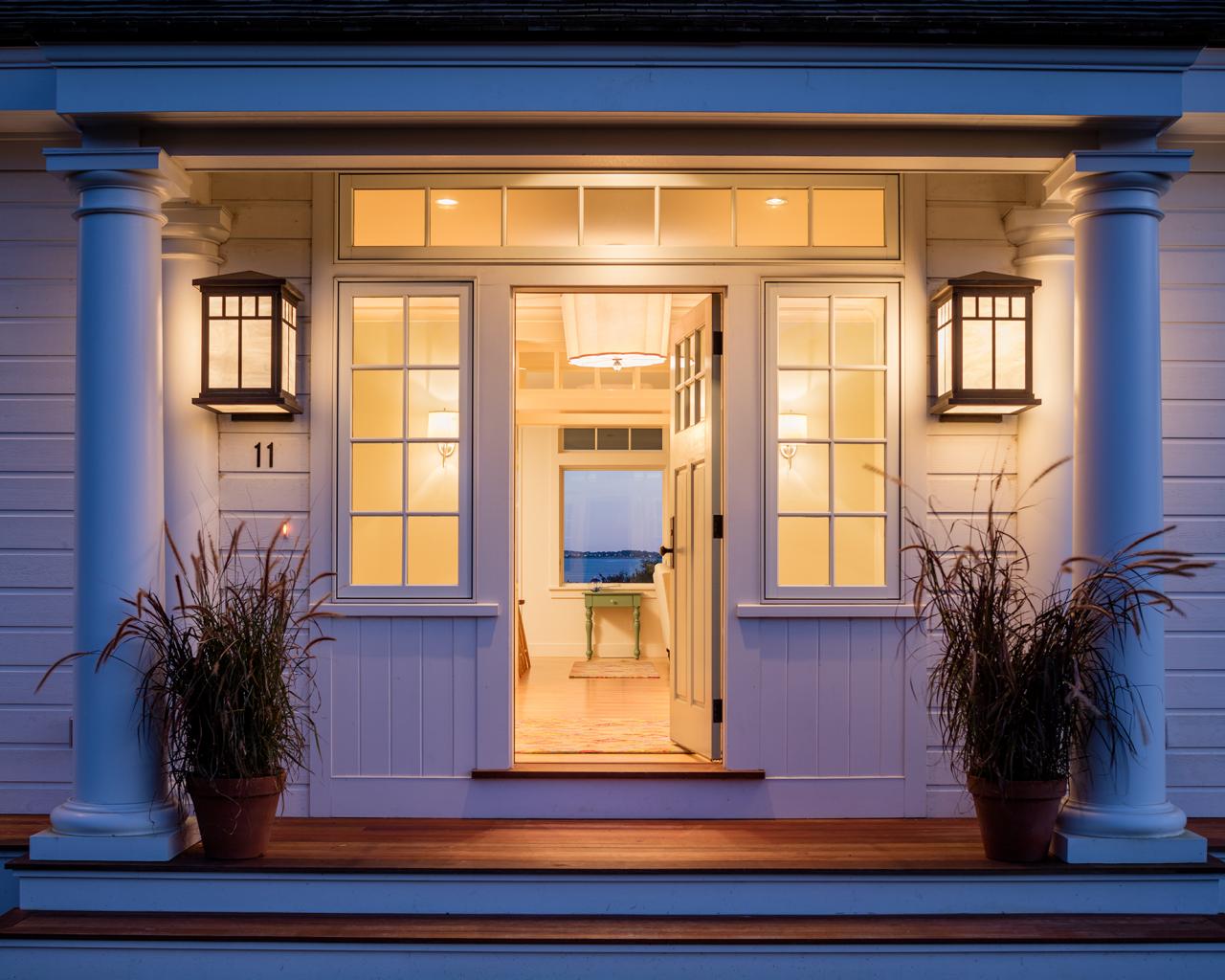
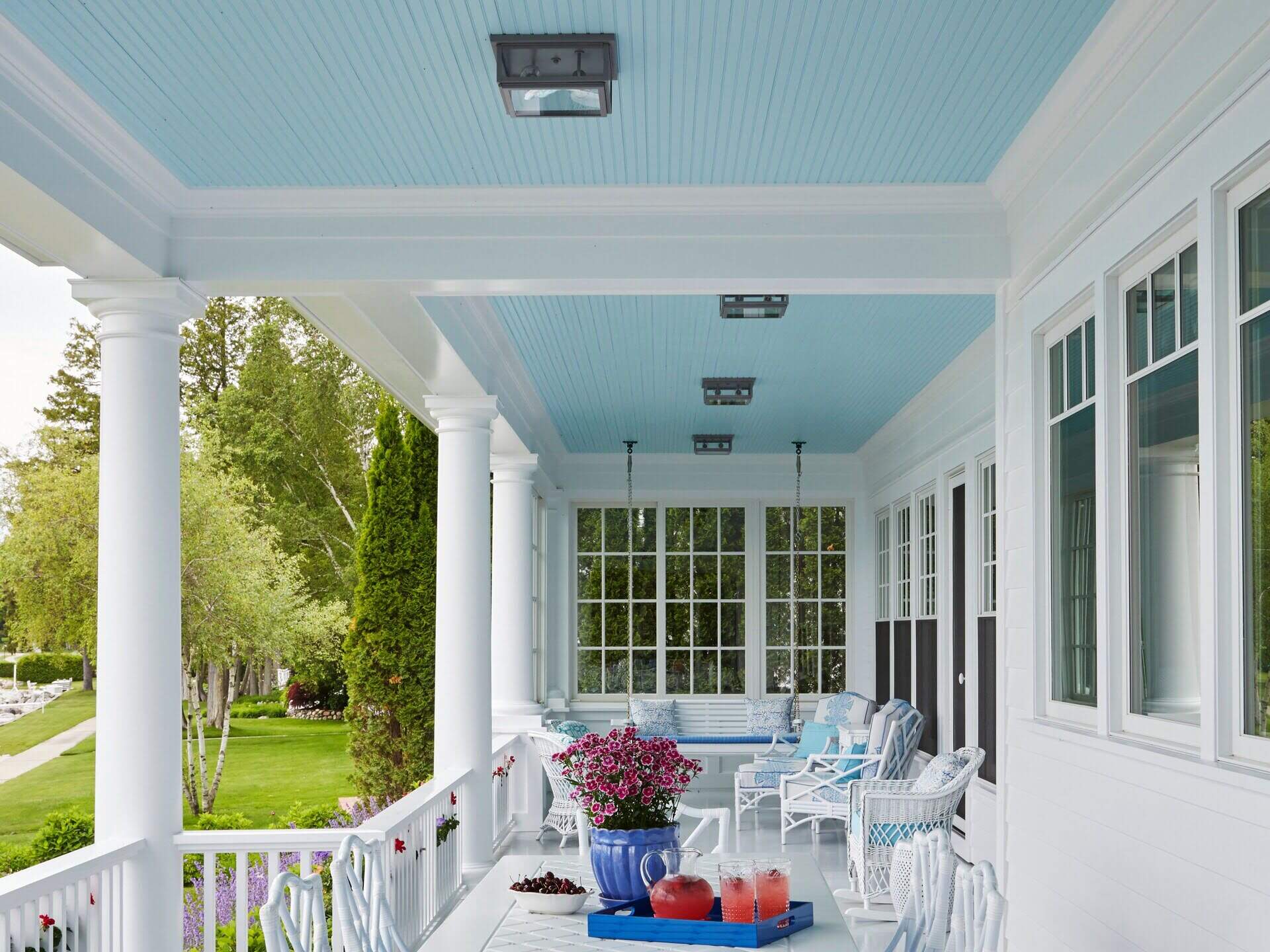
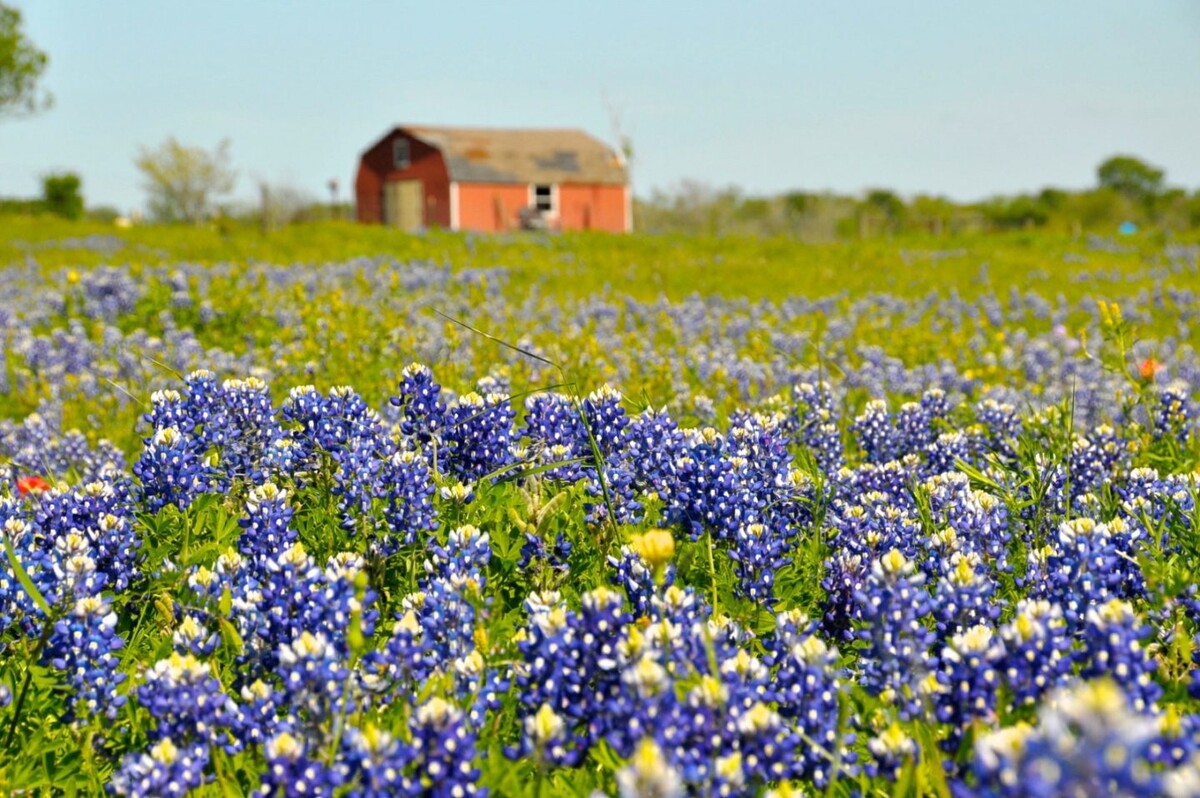
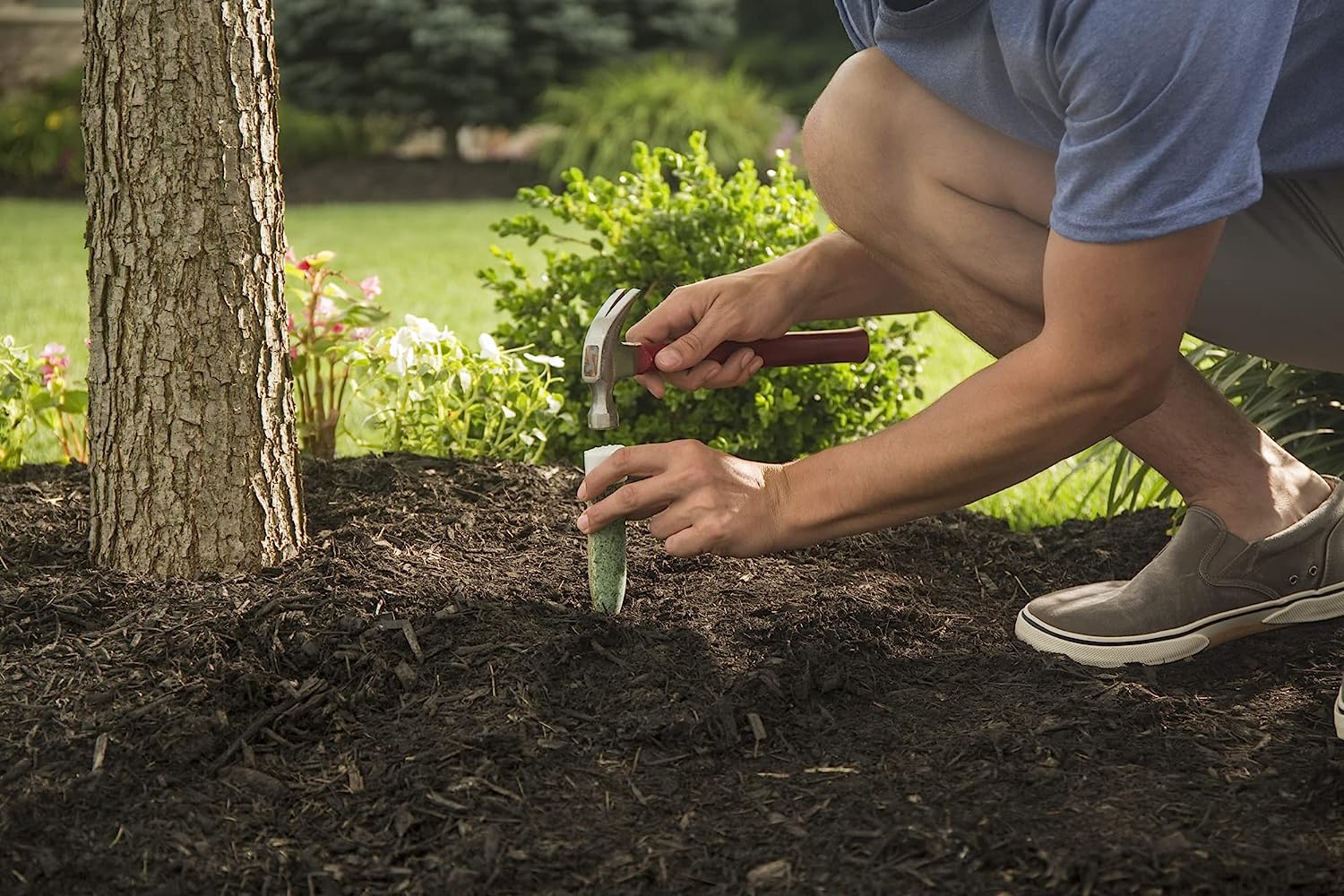
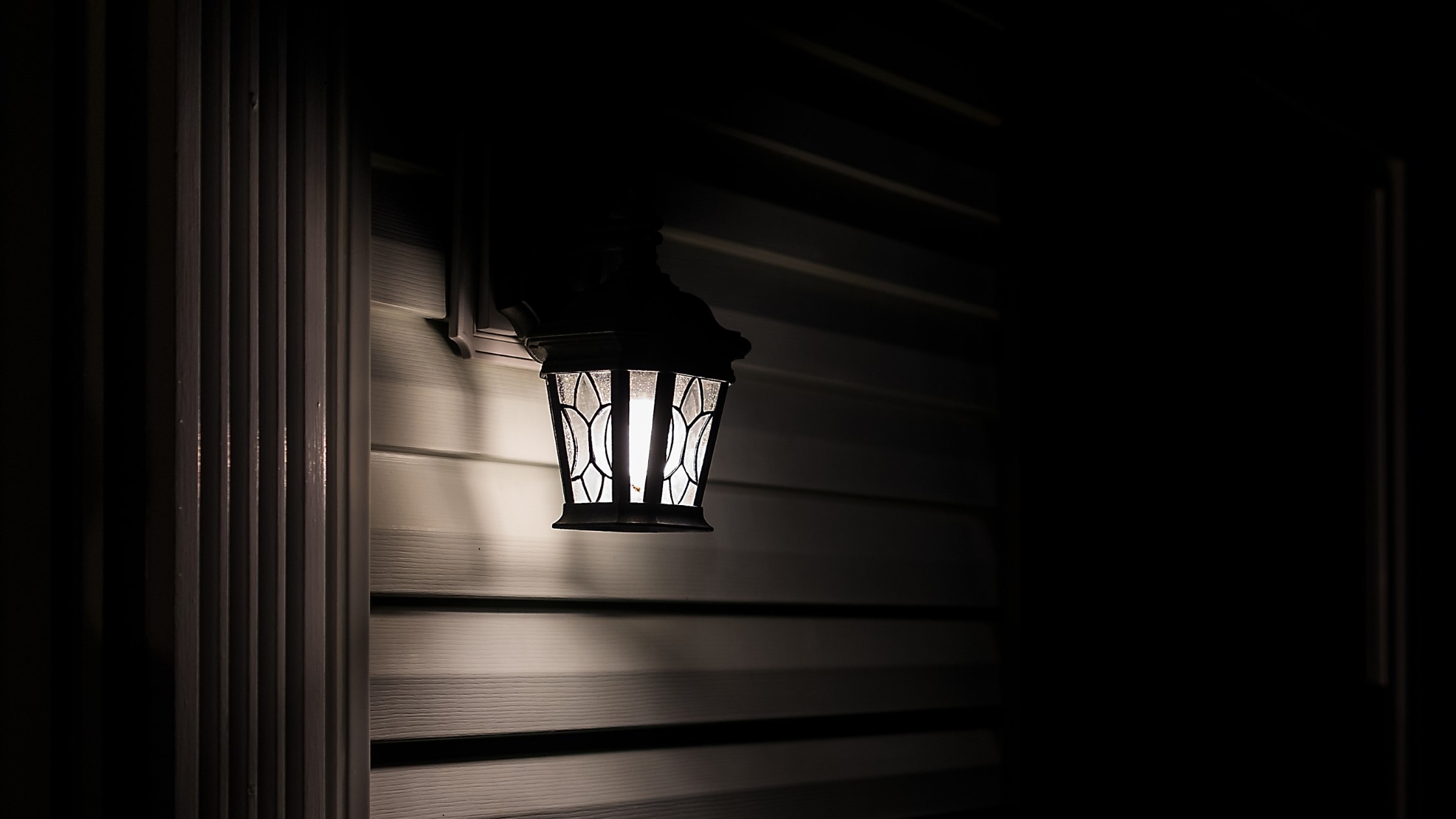
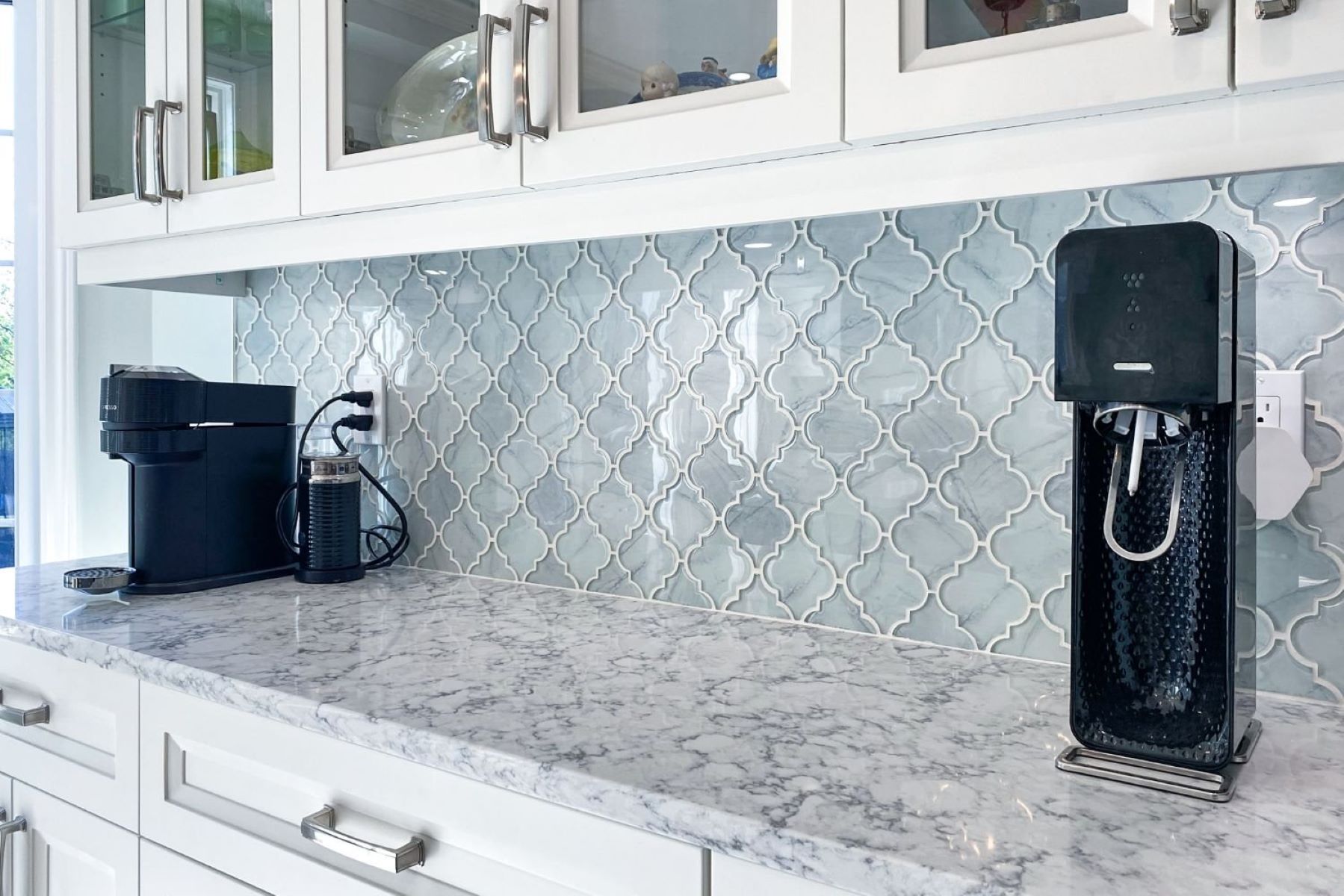

0 thoughts on “Why Functional Front Yards Are Spiking In Popularity”